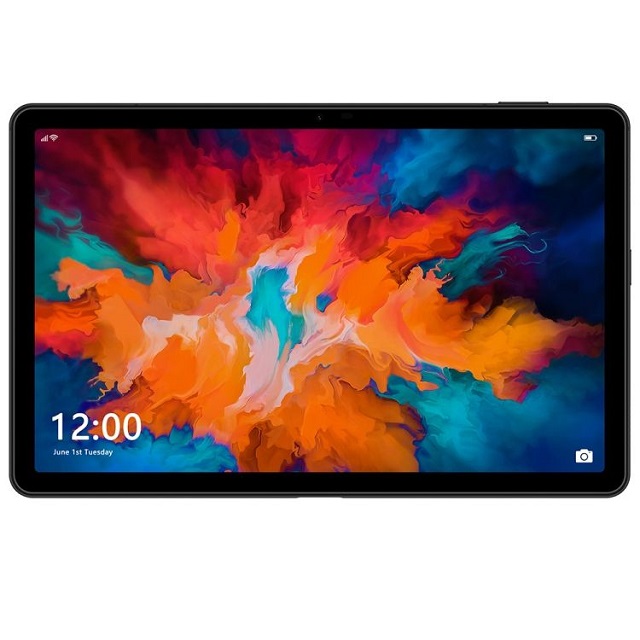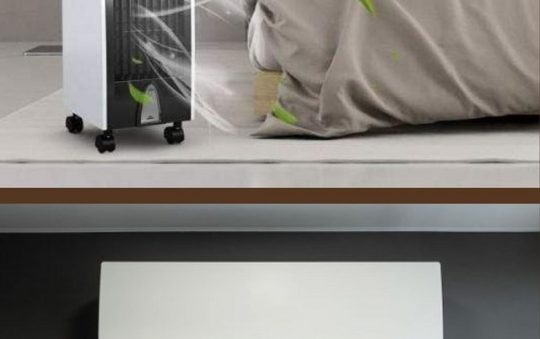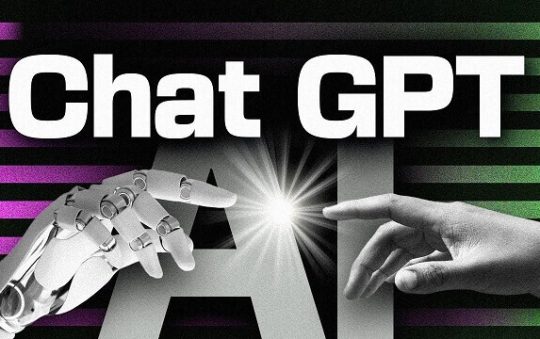In today’s fast-paced digital world, students rely on technology to enhance their learning experience. However, Options available, finding the best tab for students in India can make a significant difference in their academic journey. The introduction aims to highlight the key features and benefits of the ideal tablet designed specifically to meet the needs of students.
Although, Best Tab for the Students combines portability, functionality, and versatility to provide an all-in-one solution for educational purposes. The power of technology, which is the best tabs for students. Because, Paves the way for a seamless and enhanced learning experience, fostering growth and success in the digital age.
Also, This connectivity empowers students to remain connected to the vast world of knowledge and enables effective communication with teachers and fellow students.
How To Choose The Best Tab For Students: What Things To Consider Before Buying The Best Tablets
Choosing the Which tab is best for students can be a significant decision, directly impacting their learning experience. Here are some key things to consider when selecting the best tab for students:
- Budget: Determine your budget range before exploring tablet options. Although, tablets vary in price, and having a clear budget will help narrow down the choices and ensure you find a device that meets your requirements without breaking the bank.
- Features: Some tablets come with features that are specifically designed for students, such as styluses, keyboards, and detachable cases.
- Battery life: Tablets can be used for various tasks, so finding one with long battery life is important. You don’t want your tablet to die in the middle of a lecture or a study session.
- Weight: Tablets can range from a few ounces to over a pound. Although, Consider how much weight you’re comfortable carrying around with you.
- Storage: Tablets have various storage options, from 16GB to 512GB or more. Also, Consider how much storage you’ll need for your apps, files, and media.
- Camera: Tablets come with various cameras, from basic to high-end. So, Consider the camera is important to you and what you’ll use it for.
- Operating System: There are three major operating systems for tablets: iOS (Apple), Android (Google), and Windows (Microsoft). Each has its ecosystem and features, so consider the one that aligns with your needs and preferences.
- Size and Portability: A compact and lightweight tablet is ideal for students, as it can be easily carried in a backpack or bag. Tablets typically range from 7 to 13 inches, so choose a size that suits your preferences and fits comfortably in your hand.
- Display Quality: Look for a tablet with a high-resolution display and good color reproduction. Also, clear and vibrant screen enhances reading and multimedia experiences, making viewing text, images, and videos easier without eye strain.
- Performance and Processing Power: Consider the tablet’s processor, RAM, and storage capacity. A powerful processor and sufficient RAM ensure smooth multitasking and quick app loading, while ample storage allows storing study materials, assignments, and apps.
- App Compatibility: Also, Explore the app’s availability and compatibility with the tablet’s operating system. So, Ensure the tablet supports the educational apps and software you need for your studies.
- Durability and Build Quality: Students often carry their tablets to various environments, so consider a tablet with the durable build quality. Look for tablets with sturdy construction and materials that withstand everyday wear and tear.
- Reviews and Recommendations: Review reviews and seek recommendations from other students, teachers, and reliable technology sources. Although, Real-world experiences and feedback can provide valuable insights and help you make an informed decision.
Also, With these factors, you can narrow your options and select the best tab for students that aligns with your budget, requirements, and preferences.
Display Size, Brightness And Resolution: Best tab for students
When choosing best tab for students, the display size, brightness, and resolution are crucial. Also, Let’s explore each of these aspects:
- Display size:
The display size is the physical size of the screen. Although, Tablets come in various sizes, from small and portable to large and immersive. Also, Consider the size of the screen that will be best for your needs. For example, if you plan on using your tablet to take notes or draw, you might want a larger screen. So, If you use your tablet to read or watch videos, you might want a smaller screen.
- Brightness:
The brightness of the display is how much light it emits. A brighter display is easier to see in bright light, while a dimmer display is easier on the eyes in low light. Consider how you plan to use your tablet and choose a brightness level that will work for you.
- Resolution:
The display’s resolution is the number of pixels it can display. A higher resolution means that the display can display more detail. It can be important for tasks such as watching videos or playing games. However, a higher resolution also means the display uses more power, so you should consider a lower resolution if you’re concerned about battery life.
Here are some examples of display sizes, brightnesses, and resolutions for popular tablets:
| S.no | Tablet | Display Size | Brightness | Resolution |
| 1. | Apple iPad | 10.2 inches | 500 nits | 2160 x 1620 |
| 2. | Samsung Galaxy Tab S8 | 11 inches | 500 nits | 2560 x 1600 |
| 3. | Microsoft Surface Pro 8 | 13 inches | 460 nits | 2880 x 1920 |
Connectivity Type & Voice Calling:
1. Connectivity Type:
When selecting a best tab for students, considering the connectivity options is important to ensure seamless access to the Internet and other devices. Here are following connectivity types to consider:
- Wi-Fi: However, Most tablets offer built-in Wi-Fi connectivity, allowing students to connect to wireless networks and access the Internet. So, It enables students to browse the web, download study materials, collaborate online, and access cloud-based resources.
- Cellular Connectivity: Some tablets also offer cellular connectivity, similar to smartphones. Also, These tablets have a SIM card slot and can connect to cellular networks, allowing students to access the Internet on the go, even without Wi-Fi.
Here is a table that summarizes the pros and cons of each type of connectivity:
| S.no | Connectivity Type | Pros | Cons |
| 1. | Wired | Reliable, fast, secure | Also, Inconvenient, difficult to install, limits mobility |
| 2. | Wireless | Convenient, mobile, easy to install | Not as reliable or secure as wired connections, can be slower |
| 3. | Cellular | Mobile, relatively inexpensive | Expensive data plans, limited data caps |
| 4. | Satellite | Reliable, high data caps | Also, Expensive, high latency |
2. Voice Calling:
While tablets are primarily used for internet access, multimedia consumption, and productivity, not all tablets have built-in voice calling capabilities. Here are a few things to consider regarding voice calling on Best tab for students:
- Tablets with SIM Card Slots: Although, Tablets that support cellular connectivity usually have a SIM card slot, which allows for voice calls and text messaging. Also, With a SIM card and an appropriate cellular plan, students can make and receive phone calls directly from their tablets.
- VoIP Apps: Even if a tablet does not have built-in voice calling capabilities, students can still make voice calls using Voice over Internet Protocol (VoIP) apps. Following, Applications like Skype, WhatsApp, Google Hangouts, or FaceTime (for Apple devices) can be installed on tablets, enabling voice and video calls over an internet connection.
- Traditional landlines use the public switched telephone network (PSTN) to connect calls. This type of connectivity is reliable and has good call quality, but it can be expensive.
Advantages of voice calling:
Voice calling has many advantages, including:
- Convenience: Also, Voice calling is a convenient way to communicate with people in different places.
- Low cost: VoIP calling is often much cheaper than traditional, especially for international calls.
- Features: VoIP calling offers a variety of features that traditional phone calling does not, such as call forwarding, call waiting, and voicemail.
Disadvantages of voice calling
Voice calling also has some disadvantages, including:
- Quality: Also, The quality of voice calls can be affected by network congestion and your internet connection speed.
- Security: Voice calling over the Internet can be less secure than traditional phone calls.
- Interruptions: Voice calls can be interrupted by factors such as network outages and power outages.
Here are some of the features of different connectivity types and their impact on voice calling:
- 5G: 5G is the latest trending generation of cellular network technology. 5G also supports features such as VoLTE (Voice over LTE), which can further improve voice calling quality.
- 4G: 4G is the previous generation of cellular network technology. It offers faster speeds and lower latency than 3G but less fast than 5G. 4G can still support good voice calling quality, but it may be better than 5G.
- 3G: 3G is the generation of cellular network technology before 4G. It offers slower speeds and higher latency than 4G or 5G. 3G can still support voice calling, but the quality may be better than 4G or 5G.
So, The connectivity type (Wi-Fi or cellular) and voice calling capabilities can help best tabs for students stay connected, access online resources, and communicate effectively, depending on their specific needs and preferences.
Ram, Storage And Processor: best tab for students
When choosing best tab for students, considering the RAM, storage, and processor is essential to ensure smooth performance and efficient multitasking.
RAM, storage, and processor are three of the most important components of a computer. RAM (random access memory) is where the computer stores the data and instructions it uses.
1. RAM
Howerver, RAM is a fast type of memory that allows the computer to access data and instructions quickly. Although, The more RAM a computer has, the more data and instructions it can store and the faster it can run. For most people, 8GB of RAM is a good amount, but you may need more if you multitask or work with large files.
2. Storage
There are two different types of storage: hard drives and solid-state drives (SSDs). Hard drives are older and slower than SSDs but are also more affordable. Although, For most people, an SSD is the best option, as it provides a good balance of speed and affordability.
Here are some are the following storage are:
- Hard drives: Hard drives are also, most common type of storage for computers. However, hard drives are also relatively slow and can be noisy.
- Solid-state drives (SSDs): SSDs are newer and faster than hard drives. They are also much quieter. However, SSDs are more expensive and offer less storage space than hard drives.
- Flash drives: Flash drives are small, portable storage devices that can be plugged into a computer’s USB port. Also, They are relatively inexpensive and offer a moderate amount of storage space.
- Optical discs: Optical discs, such as CDs, DVDs, and Blu-ray discs, are optical storage devices that can store data by burning pits into a disc. They are relatively inexpensive and offer a moderate amount of storage space. However, optical discs are slower than hard drives or SSDs and can be easily scratched or damaged.
- Cloud storage: It is accessed over the Internet. Cloud storage is very convenient and offers a large amount of storage space. However, cloud storage can be expensive, and the data may need to be more secure on a local storage device.
3. Processor
The processor is the computer’s brain, responsible for carrying out the instructions also, stored in RAM. For most people, a quad-core processor is a good option, but if you do a lot of gaming or video editing, you may need a more powerful processor.
Also, Here is a table that summarizes the key differences between RAM, storage, and processor:
| S.no | Feature | RAM | Storage | Processor |
| 1. | Speed | Very fast | Varies | Varies |
| 2. | Cost | Varies | Varies | Varies |
| 3. | Best for | Multitasking, gaming, video editing | Storing data | Running programs |
Battery Capacity, Camera Performance & Build Quality:
1. Battery Capacity:
Battery capacity is measured in milliampere-hours (mAh). For example, a phone with a 3000mAh battery will typically last longer than a phone with a 2000mAh battery.
2. Camera Performance:
Although, Various factors measure camera performance, including image quality, zoom capabilities, and low-light performance. Image quality is measured by the camera’s resolution and the sensor’s quality. Also, Zoom capabilities are measured by optical zoom and digital zoom. Because, Low-light performance is measured by how well the camera can take pictures in low-light conditions.
3. Build Quality:
Build quality is measured by the materials also, used to construct the device and the quality of the construction. Some factors that can affect build quality include:
- Although, The type of material used.
- So, The fit and finish of the device.
- Also, The strength of the joints and hinges.
Finding the Best Tablet for Students on a Budget wise: Unveiling Top Choices and Availability
Also, Finding the best tab for students on a budget requires balancing affordability and functionality. The availability of these tablets may vary based on your location and local retailers.
1. Product Name: Amazon Fire 8

Product Features:
- 8-inch HD display.
- 2GB of RAM.
- 32GB of storage.
- Free one-year subscription to Amazon Kids+.
- Also, having Long battery life.
- Durable design.
- Kid-friendly.
Pros:
- Affordable.
- Portable.
- Long battery life.
- Durable design.
- Kid-friendly.
- Expandable storage.
Cons:
- Also, Slow processor.
- Also, Low-resolution display.
- Limited app selection.
- No expandable RAM.
2. Product Name: Apple iPad (8th Generation)
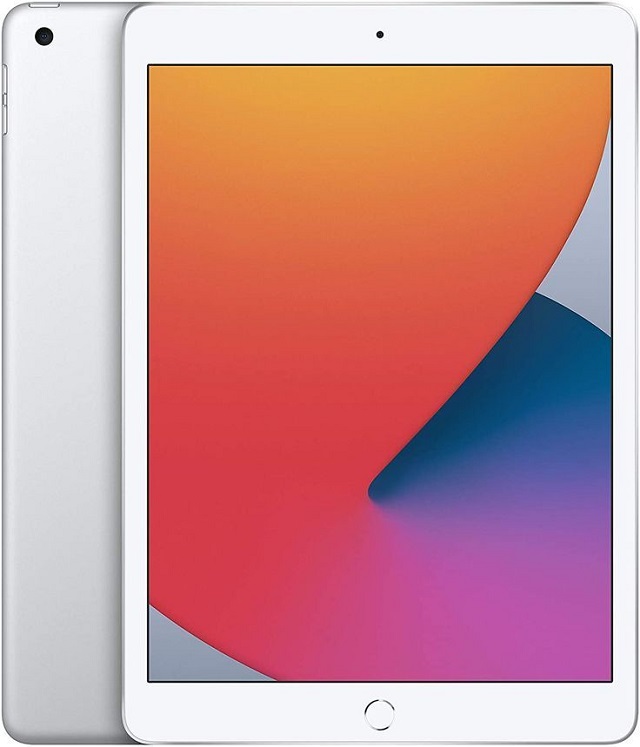
Product Features:
- 10.2-inch Retina display.
- A12 Bionic chip with Neural Engine.
- 3GB of RAM.
- 32GB or 128GB of storage.
- 8MP rear camera and 1.2MP front-facing camera.
- Runs on iPadOS 15.
- Available in Space Gray, Silver, and Gold.
- Starts at $329 for the Wi-Fi model and $429 for the Wi-Fi + Cellular model.
Pros:
- Affordable.
- Reliable.
- Powerful.
- Long-lasting battery.
- Supports Apple Pencil and Smart Keyboard.
- Also, Wide range of apps available.
- Large and vibrant display.
- Slim and lightweight design.
Cons:
- Slow charging.
- Also, No Face ID.
- Also, No USB-C port.
- The speakers are quiet.
3. Product Name: Lenovo Tab M10
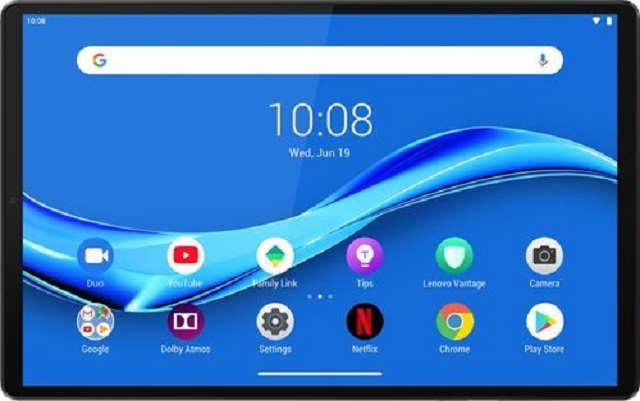
Product Features:
- 10.1-inch Full HD display.
- MediaTek Helio P22T processor.
- 4GB of RAM.
- 64GB of storage.
- 8MP rear camera and 5MP front-facing camera.
- Runs on Android 11.
- Available in Slate Gray and Platinum Grey.
- Starts at $229.
Pros:
- Affordable.
- Long-lasting battery.
- Also, Large and vibrant display.
- Powerful processor.
- Plenty of RAM for multitasking.
- Also, expandable storage via microSD card.
- A good selection of apps is available.
- Slim and lightweight design.
Cons:
- The plastic build feels cheap.
- The speakers are quiet.
- Also, No face unlock.
- Also, No USB-C port.
4. Product Name: Also, Best samsung tab for students| Samsung Galaxy Tab A7
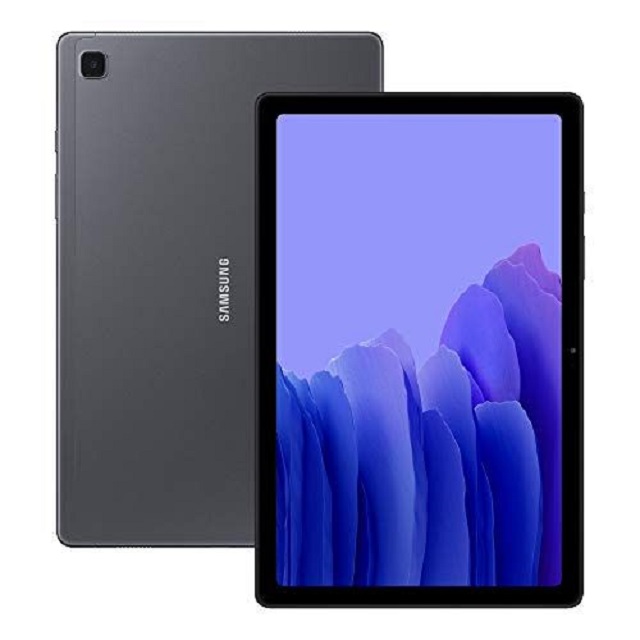
Product Features:
- 10.4-inch FHD display.
- Qualcomm Snapdragon 662 processor.
- 3GB of RAM.
- 32GB or 64GB of storage.
- 8MP rear camera and 5MP front-facing camera.
- Also, Runs on Android 10.
- Available in Silver, Black, and Gold.
- Starts at $249.
Pros:
- Affordable.
- Long-lasting battery.
- Also, Large and vibrant display.
- Powerful processor.
- Plenty of RAM for multitasking.
- expandable storage via microSD card.
- A good selection of apps is available.
- Sleek and stylish design.
Cons:
- The plastic build feels cheap.
- The speakers are quiet.
- Also, No face unlock.
- Also, No USB-C port.
Finally, Choosing the best tab for students requires careful consideration of various factors. Firstly, The Apple iPad (8th Generation) offers powerful performance, a wide range of educational apps, and seamless integration within the Apple ecosystem. Although, Samsung Galaxy Tab A7 balances affordability and functionality with a large display and expandable storage. Moreover, The Amazon Fire HD 8 offers an affordable price point and convenient integration with Amazon services.
Lastly, The Lenovo Tab M10 combines affordability, decent performance, and expandable storage. Microsoft Office Unlicensed Product is a term used to describe a version of Microsoft Office that is not properly licensed or activated. It refers to instances where users utilize Office applications without a valid license key or subscription.
Conclusion:
Several factors need to be considered when searching for the best tablet for students. Although, Display size, brightness, and resolution are vital in providing an optimal viewing experience for reading, studying, and multimedia consumption. Also, Connectivity type and voice calling capabilities offer flexibility in staying connected and accessing resources.
Lastly, The best tab for students will depend on their individual needs and preferences. However, any of the tablets listed above would be a great choice for students looking for a reliable, affordable, and feature-rich device. Thanks for Reading Visit Again. Click Here for Techyrobo.
